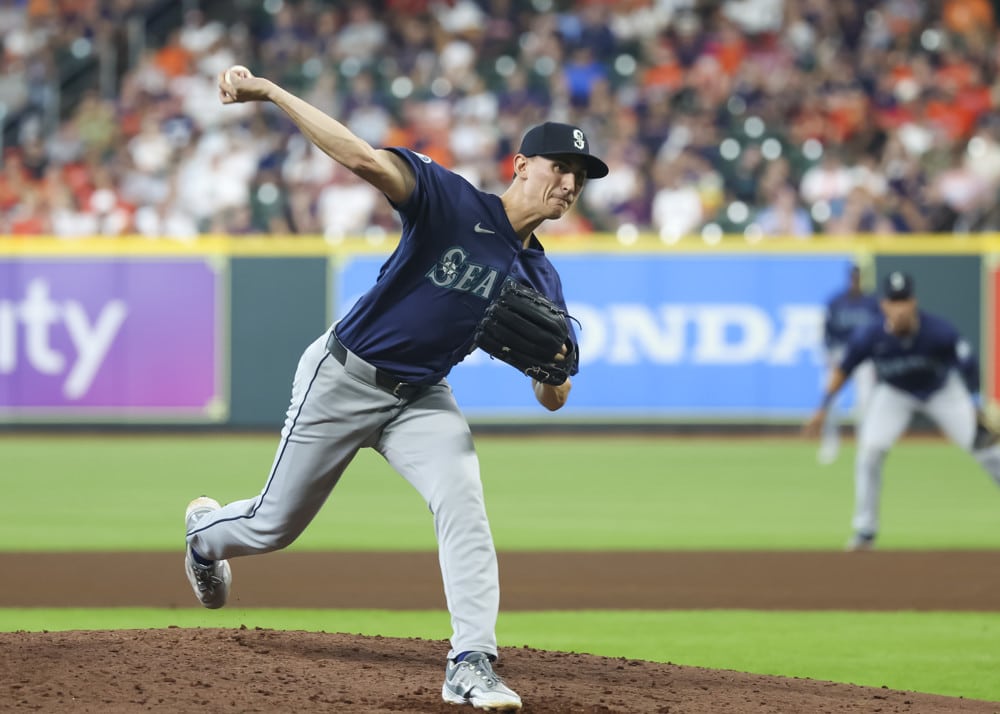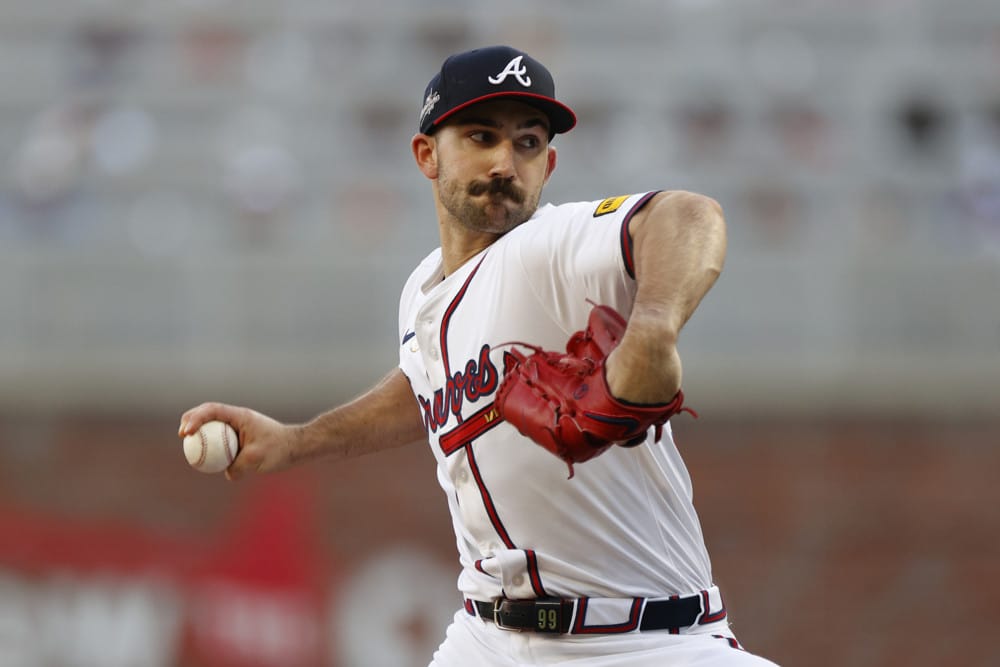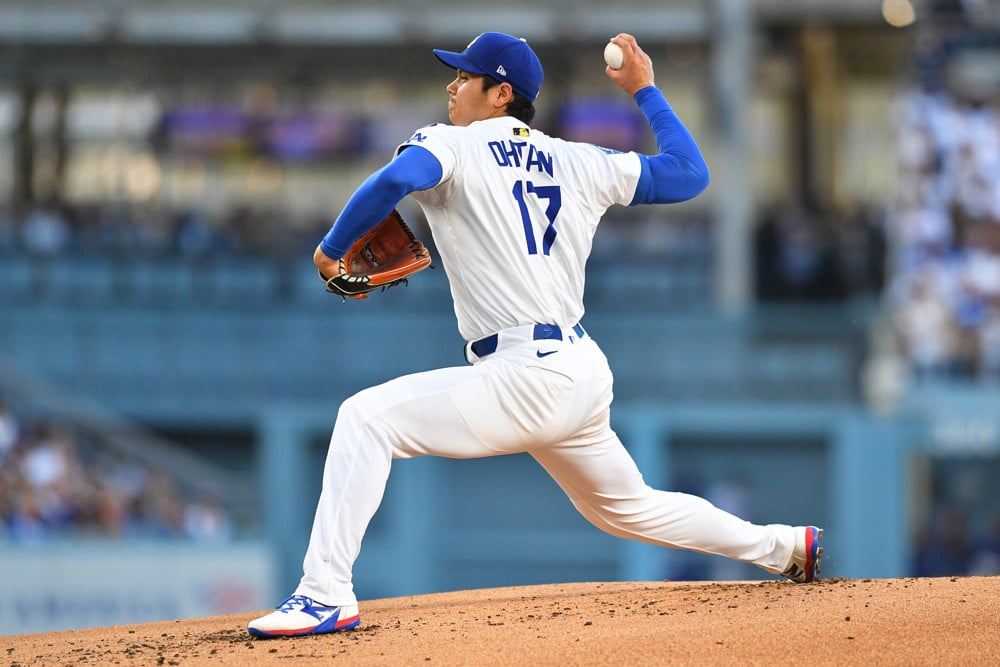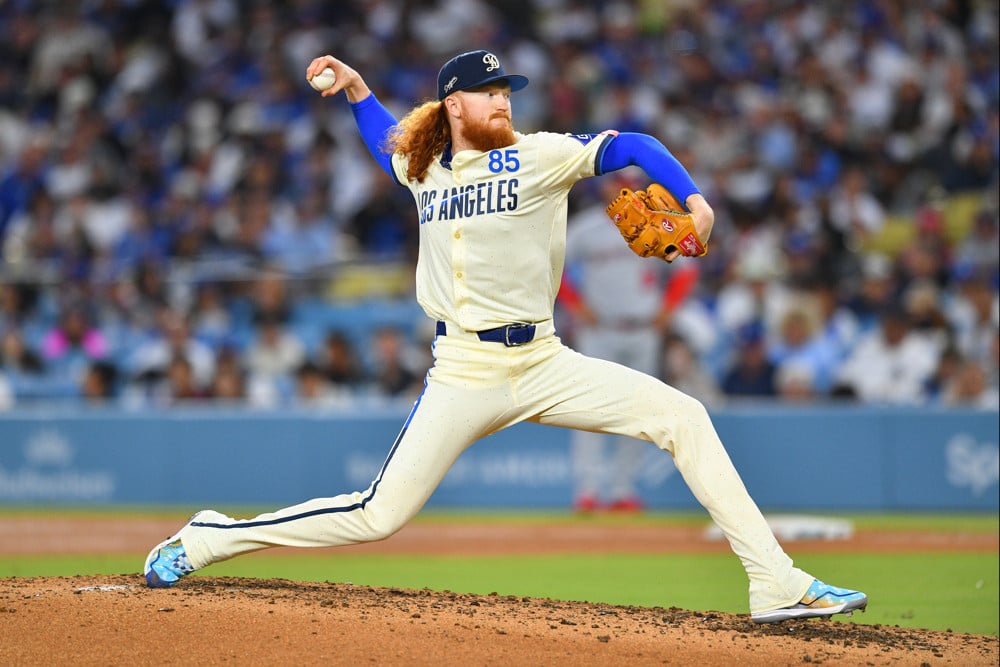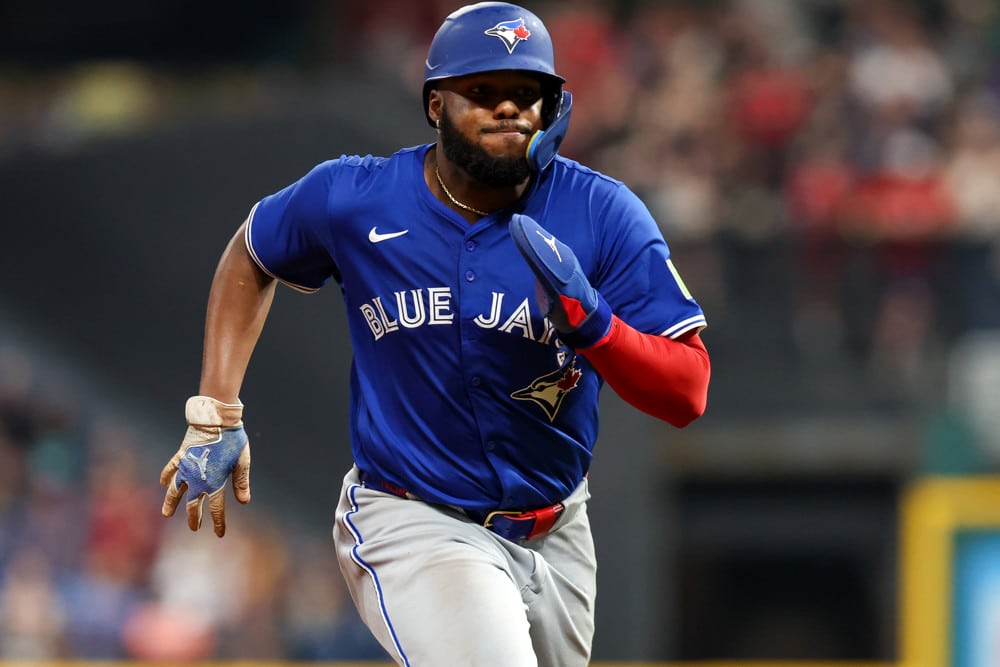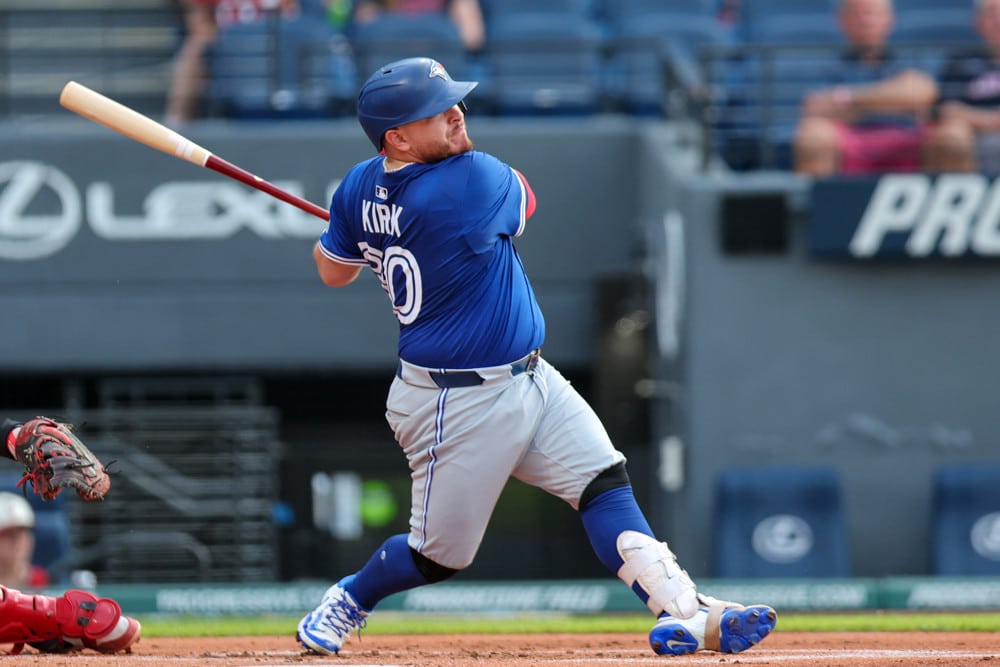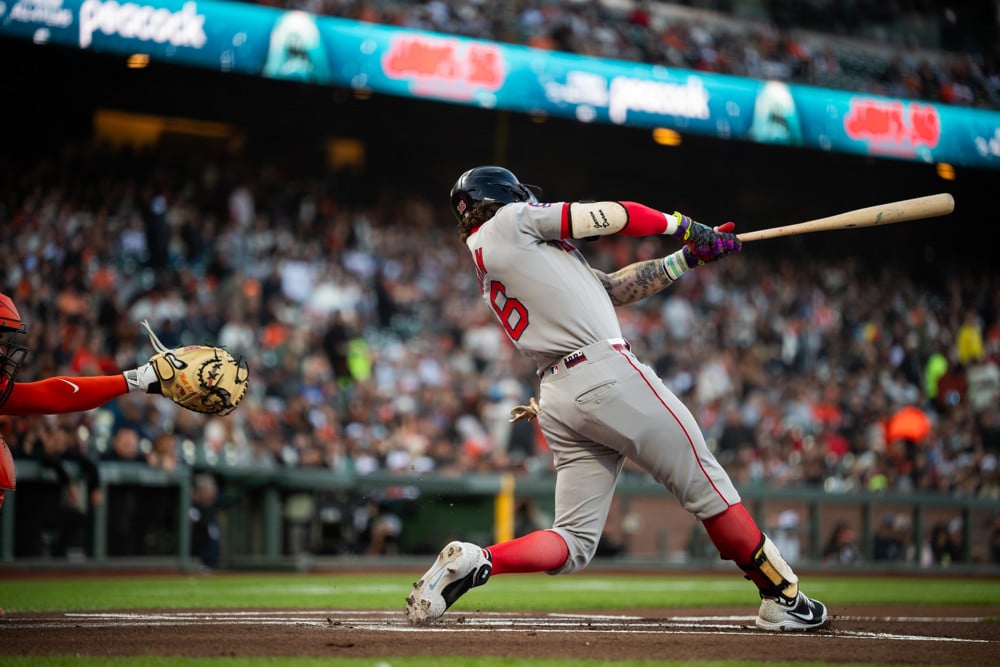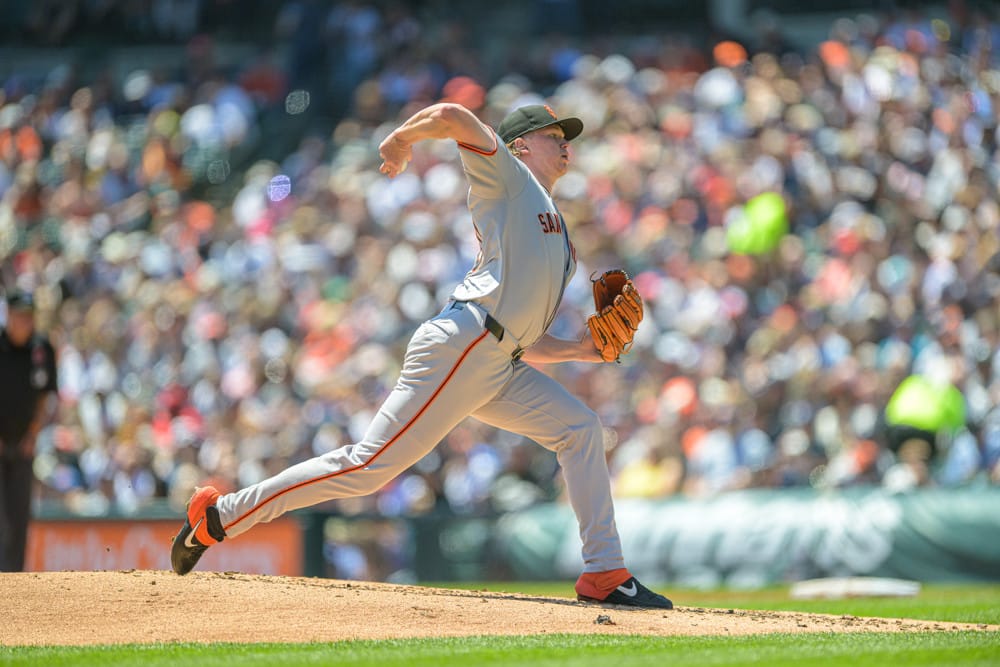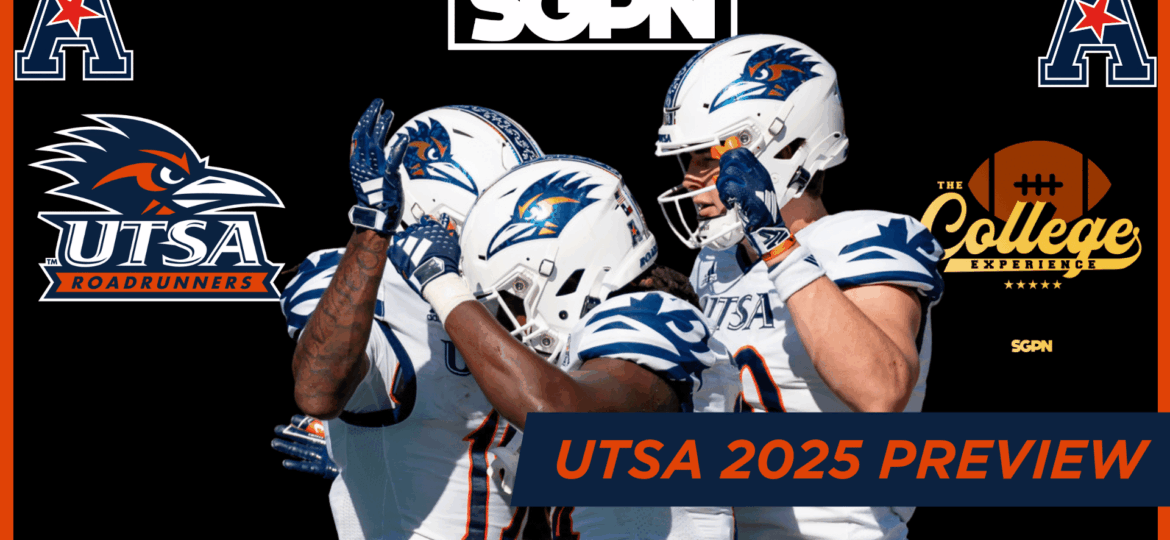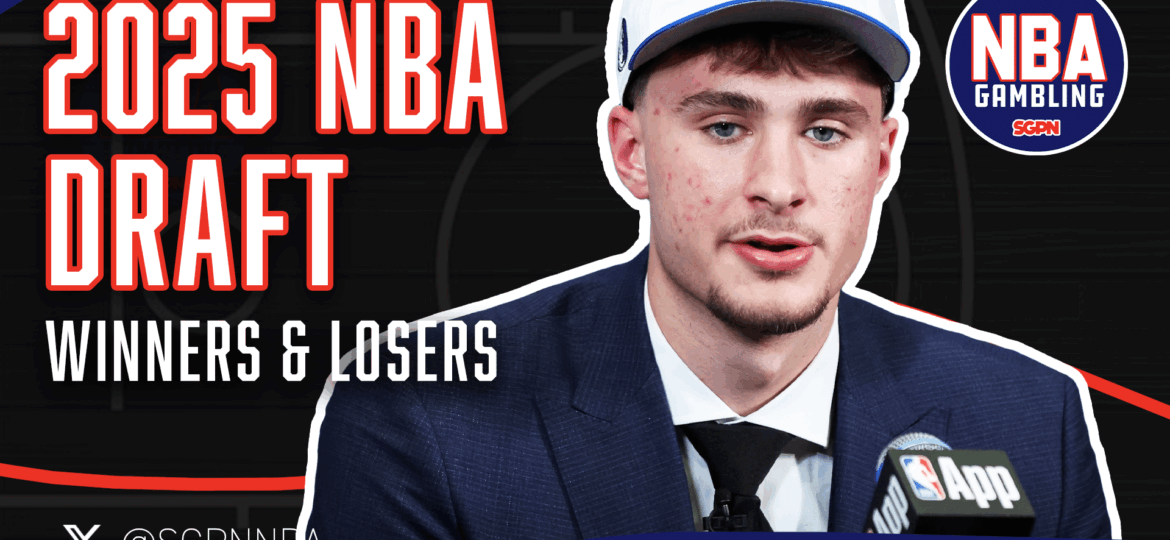With the inundation of new statistics with long acronyms, it can be confusing to know what these stats mean and how to use them. What follows is a breakdown of the important stats for hitters and how to use them to analyze the performance of players for fantasy baseball or handicapping.
READ ALSO
How to Use and Understand Advanced Baseball Stats – Pitchers’ Edition
BABIP
Batting Average on Balls in Play is one of the most useful advanced stats we have to analyze a batter’s performance. As the name suggests, it is the percentage of balls that a hitter puts in play that fall for hits. It removes home runs and strikeouts from the equation as those outcomes are viewed as “out of play.”
The average BABIP for hitters is .300. Hitters that are faster baserunners generally have a higher BABIP than slower players because they beat out more infield hits.
BABIP depends on several factors such as how hard the ball is hit, the type of contact, the defense, and luck.
There is an obvious correlation with hard contact and BABIP. The harder a batter hits the ball, the higher the BABIP.
In 2018 Mike Trout had a BABIP of .346 with a Hard% of 44.4% and a Line Drive% of 23.4%. On the other end of the spectrum, Carlos Santana had a BABIP of .233 with a Hard% of 32.8% and a Line Drive% of 16%.
BABIP can fluctuate greatly because it depends a lot on the defense and luck. Some teams excel at turning balls in play into outs. Hitters can go on hot streaks where a high percentage of their balls in play fall in for hits due to luck as well. This is why it takes about two seasons of plate appearances to stabilize.
In other words, we need a really large sample of data before a player’s BABIP lands where it should based on his skills.
wOBA
Weighted On-Base Average is the best all-encompassing statistic to measure the value of a hitter. The formula is a bit complicated. Basically, it is a combination of on-base percentage(OBP) and slugging percentage that weighs each outcome based on the value it generates.
For example, a HR is weighted more than twice as much as a single. And a single is weighted slightly more than a walk. In other stats like OBP a single and walk are valued the same. But a single has more value because it’s more likely to produce runs (runners advancing one or more bases).
wOBA is an easy stat to understand as well. It’s on the same scale as on-base percentage. The average wOBA from 2010 to 2019 is .316 while the average OBP is .320. Mike Trout had an excellent wOBA of .449 in 2018 with an OBP of .460. Chris Davis had the worst wOBA in the league in 2018 with a wOBA of .239 and an OBP of .243.
To put it simply, we can look at a player’s wOBA and know immediately how good his performance in a given time period. A wOBA less than .300 indicates that a hitter is terrible. A wOBA greater than .350 is an excellent hitter.
Hard%
Hard% is an excellent stat to literally see how often a hitter is hitting the ball “hard.”
There are three classifications given for batted balls: soft, medium, and hard. These definitions are based on trajectory of the ball, how long it is in the air, and the placement. Balls that travel long distances in a small amount of time are graded as “hard.” There is no exact definition because it is a proprietary formula created by Baseball Information Systems (BIS).
The average Hard% for hitters is 35.3%.
Fly Ball% vs. Ground Ball% vs. Line Drive%
Fly Ball% is the percentage of balls put in play that are fly balls. BIS classifies every ball in play as a ground ball, fly ball, or line drive.
Line drives are the most likely to be hits followed by ground balls and then fly balls. Fly balls are less likely to be base hits because they are in the air more time. Power hitters generally have a higher Fly Ball%. When analyzing a player’s performance, you want to see a high Fly Ball% paired with a high Hard%.
The league averages are: 35.6 FB%, 42.9% GB%, and 21.5% LD%.
Using the example of Mike Trout again in 2018, Trout had a Fly Ball% of 45.4% and a Hard% of 44.4%. When Trout put the ball in the air, usually it was traveling quite fast. This brings us to another very useful stat.
HR/FB%
Home Run/Fly Ball% (HR/FB%) is quite simply the percentage of fly balls that result in home runs. That number has been trending up substantially over the last decade. With the changes to the baseball and hitters’ all-or-nothing approach, the HR/FB% has jumped from 9.4% in 2010 to 15.1% in 2019. More-so than ever, it pays off to put the ball in the air.
Returning to Trout’s 2018 he had a HR/FB% of 24.5%, or twice as good as the league average of 12.7% in 2018.
So What Does it All Mean?
By examining a player’s BABIP, wOBA, Fly Ball%, Hard%, and HR/FB%, we can gain quite a bit of insight into their performance. This is particularly important when looking at small sample sizes (for instance one month) when a player is struggling or is hot.
The surface stats like batting average and home runs can vary greatly in small samples. For struggling players, if they have an average (35.3%) or above average Hard% but a BABIP below the average (.300), then it’s quite likely their BABIP (and batting average) will rise going forward.
The same applies for hitters that over-perform. For example, a hitter could hit 12 home runs in a month with a 40% HR/FB%. It is highly unlikely that this hitter could maintain a HR/FB% for a large sample. Over the course of a season most hitters will have HR/FB% (between 12 and 15%) with some extreme performers like Trout.
READ ALSO
How to Use and Understand Advanced Baseball Stats – Pitchers’ Edition



